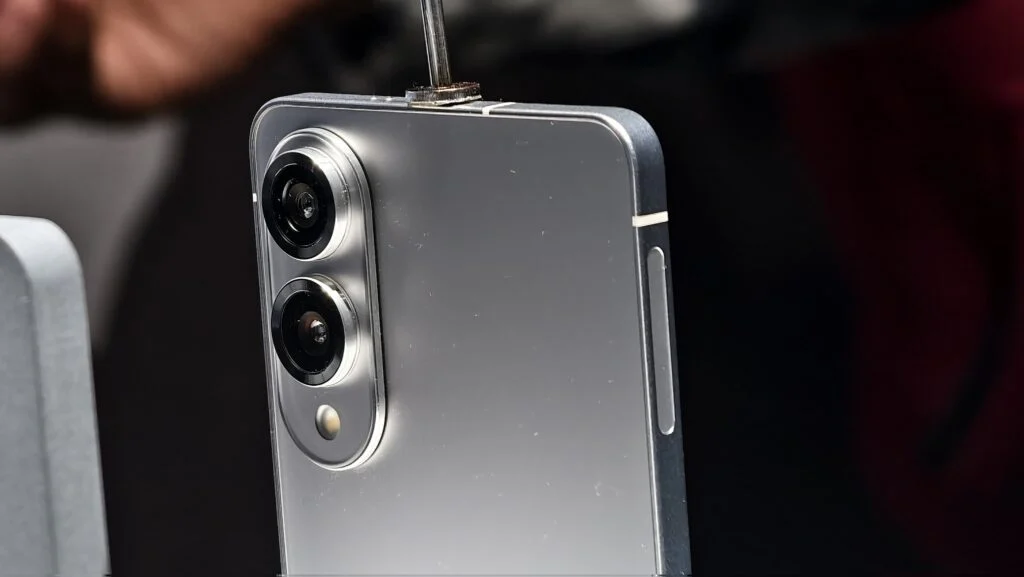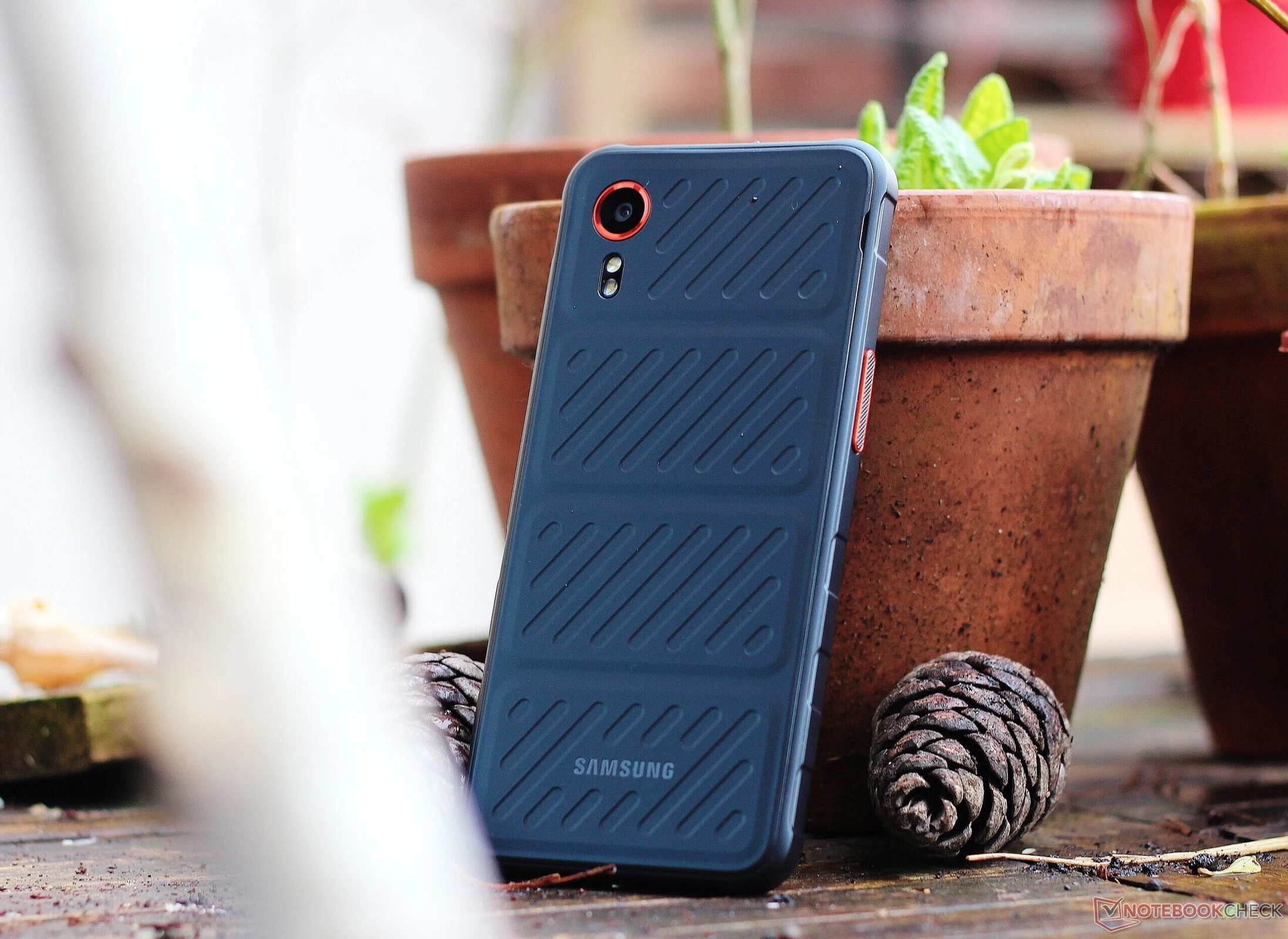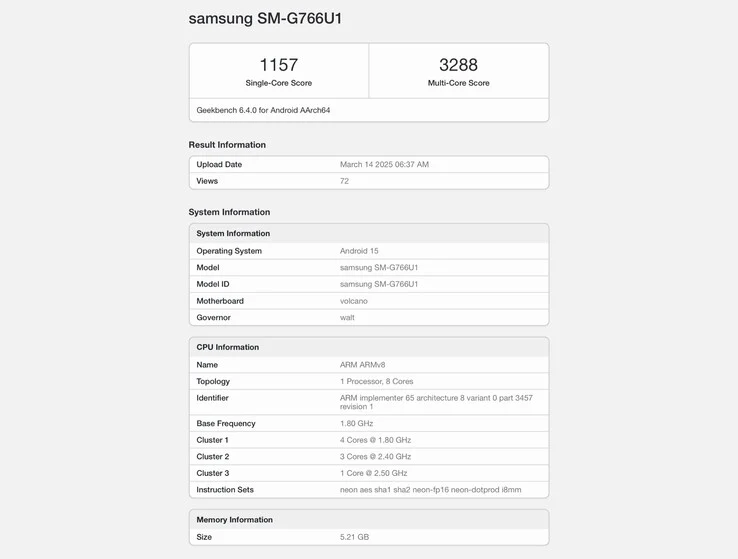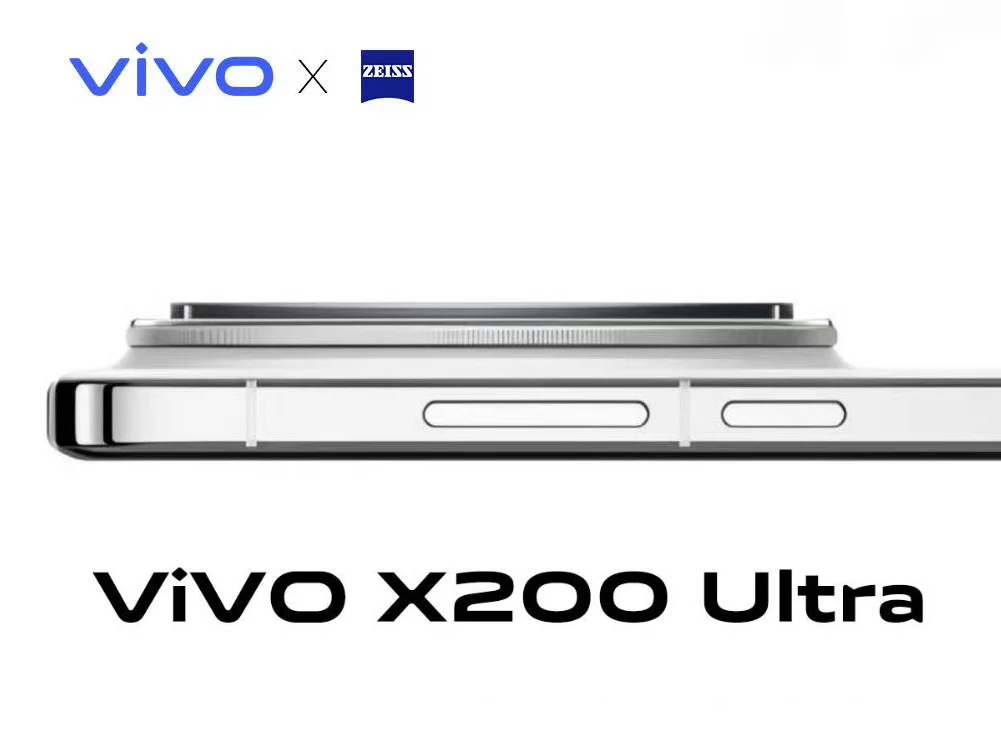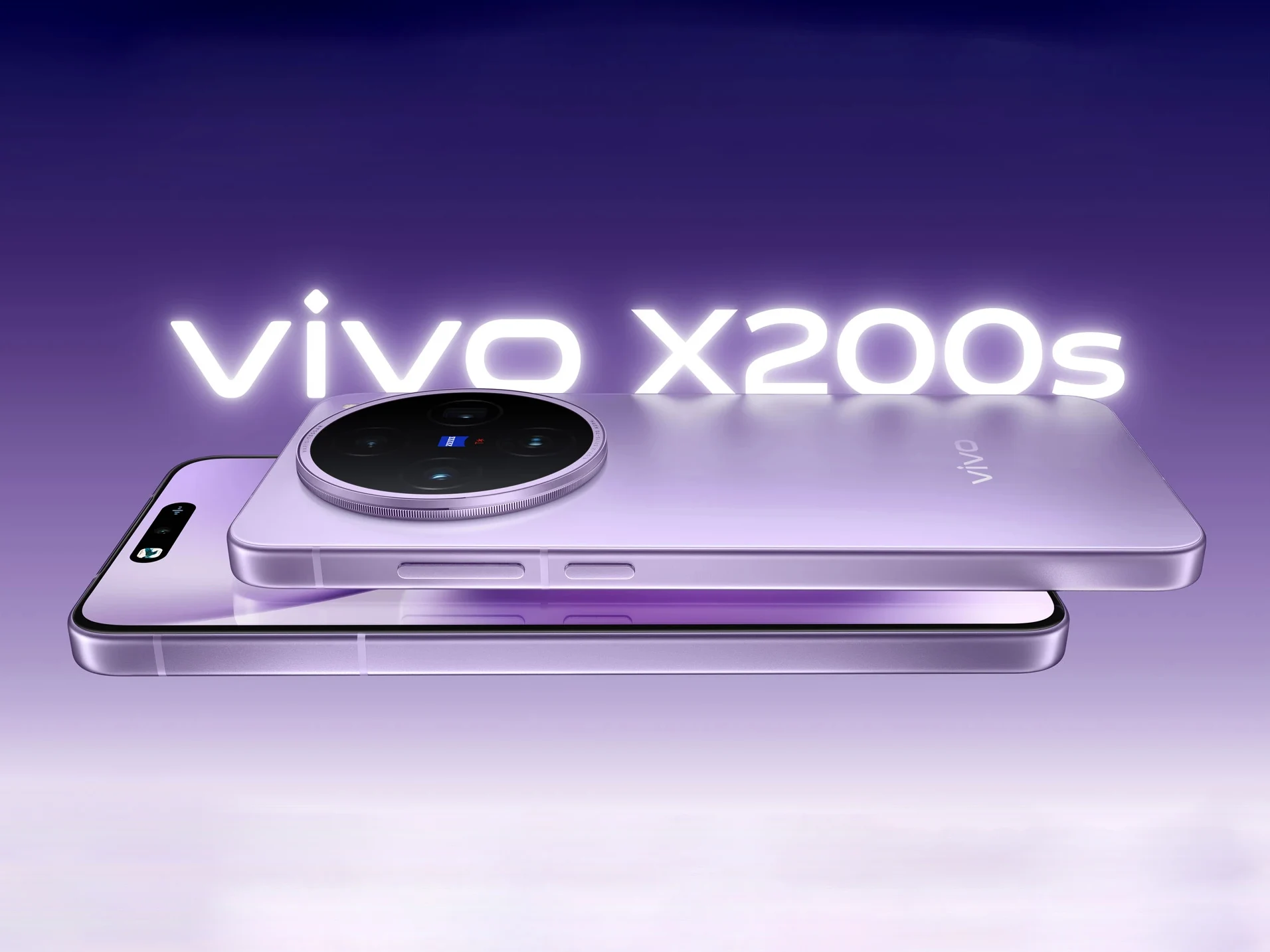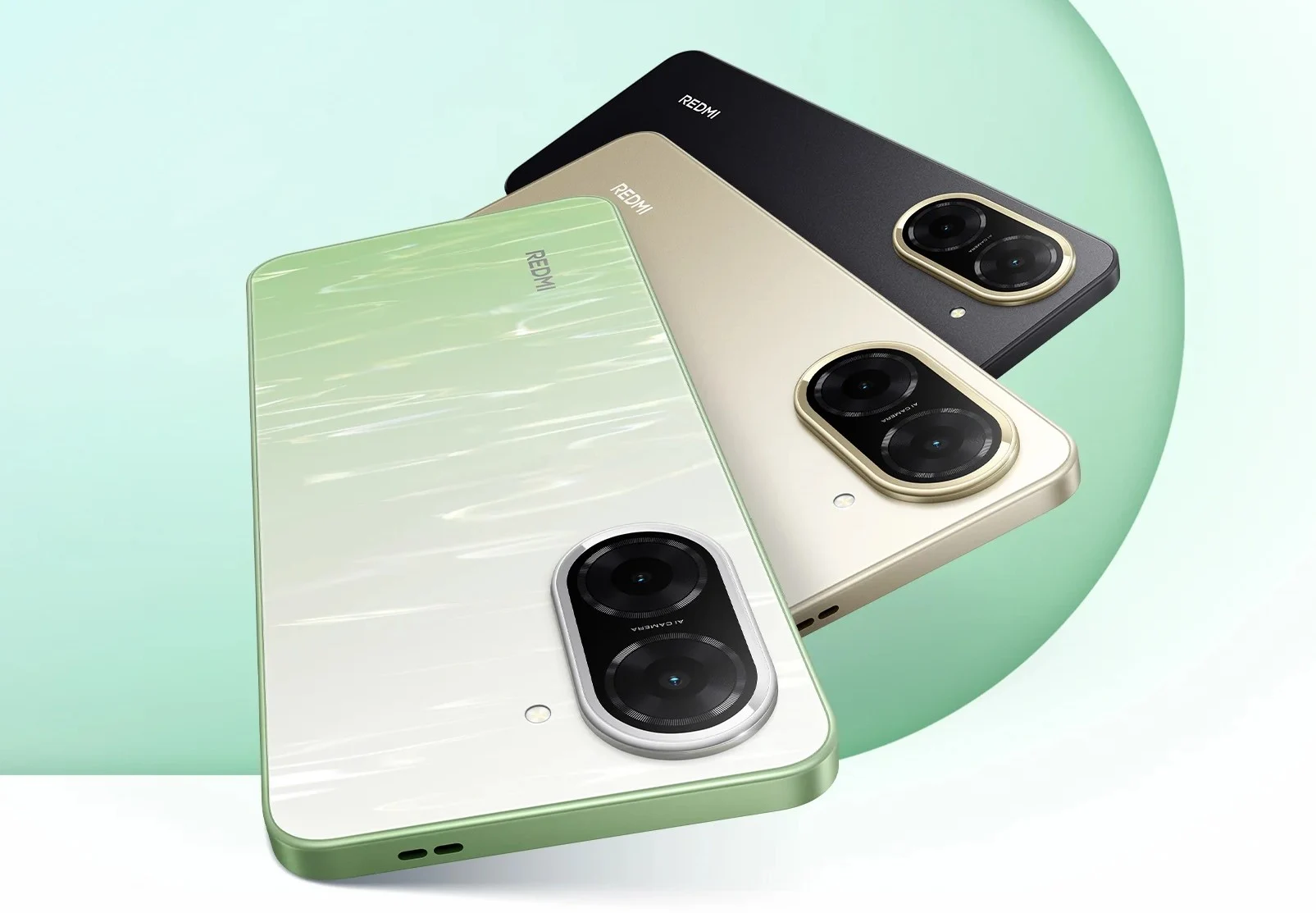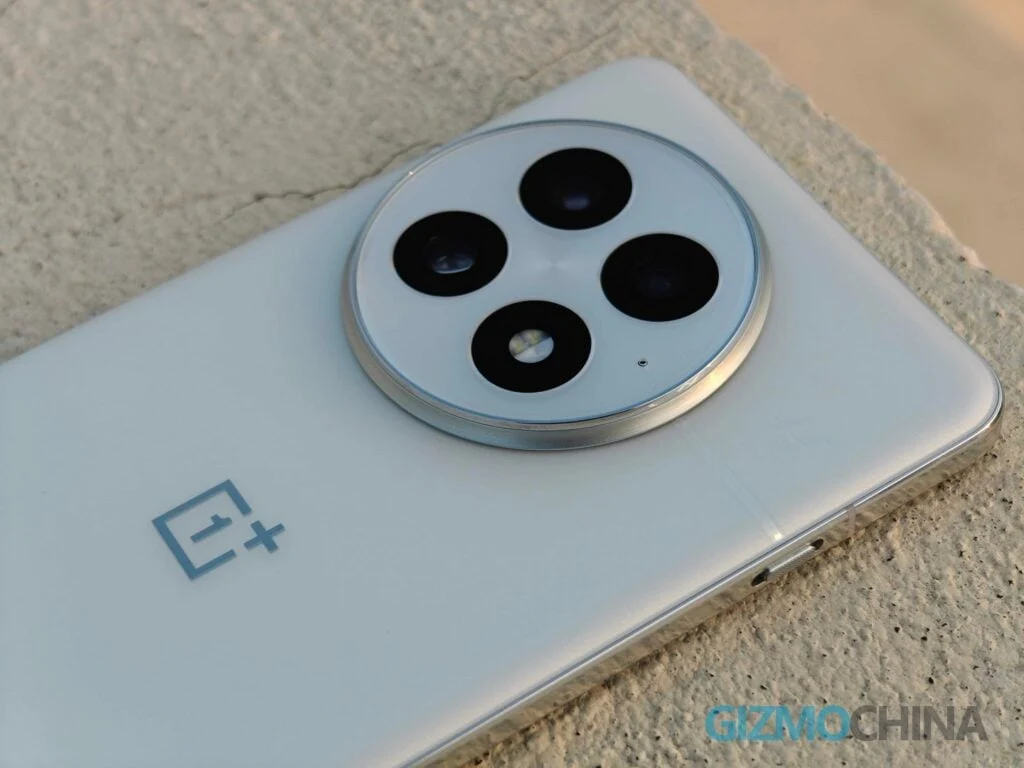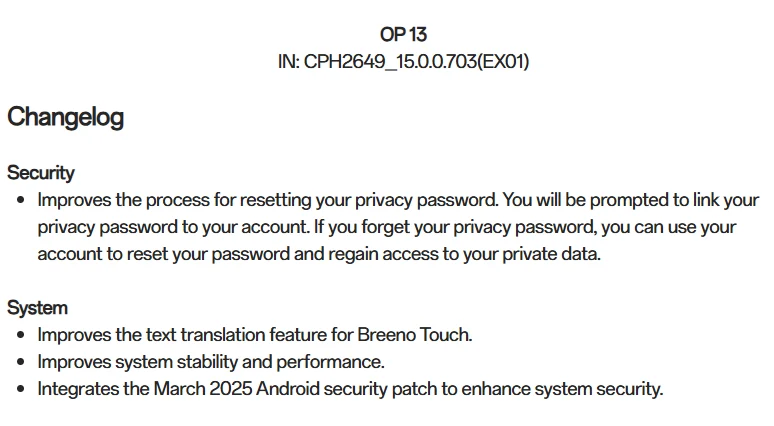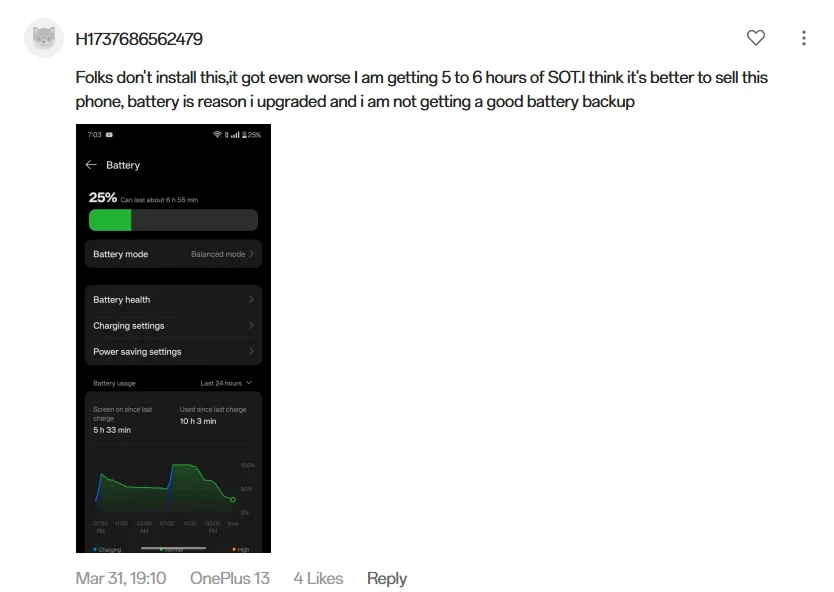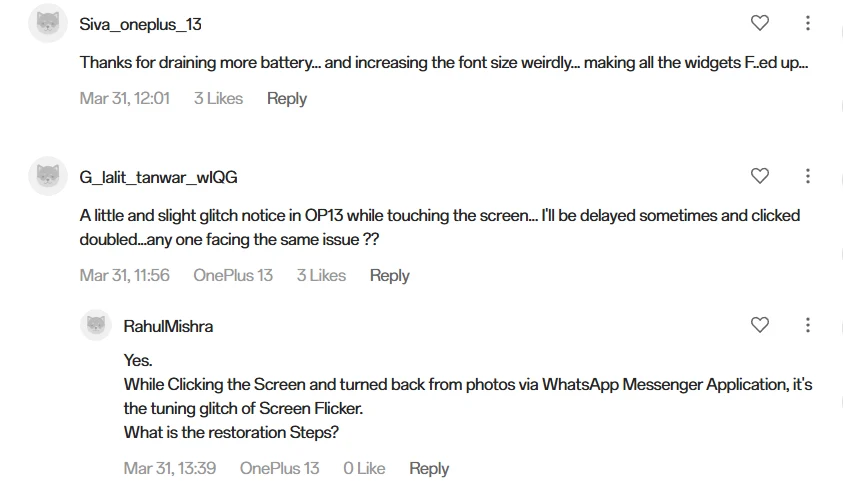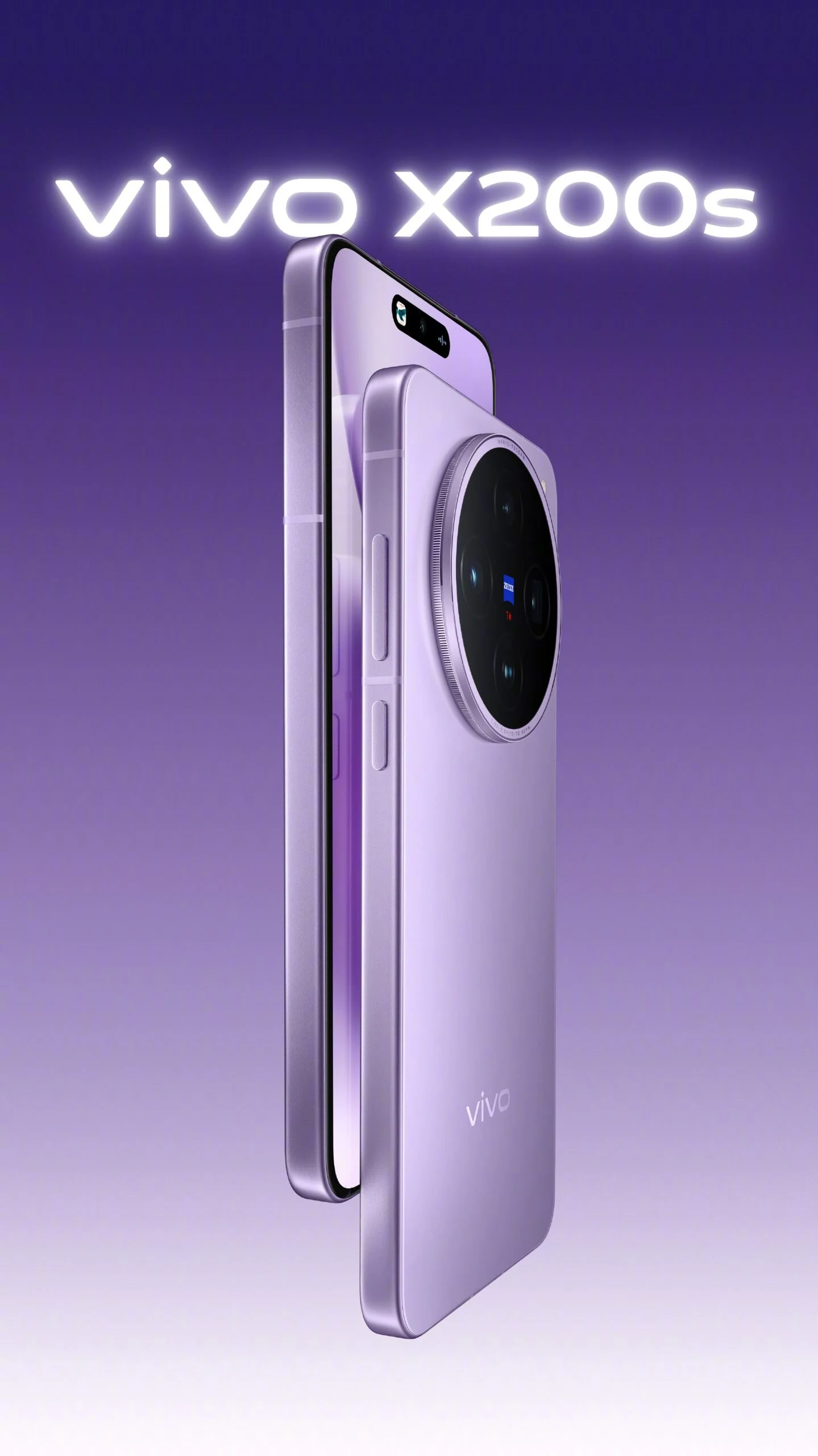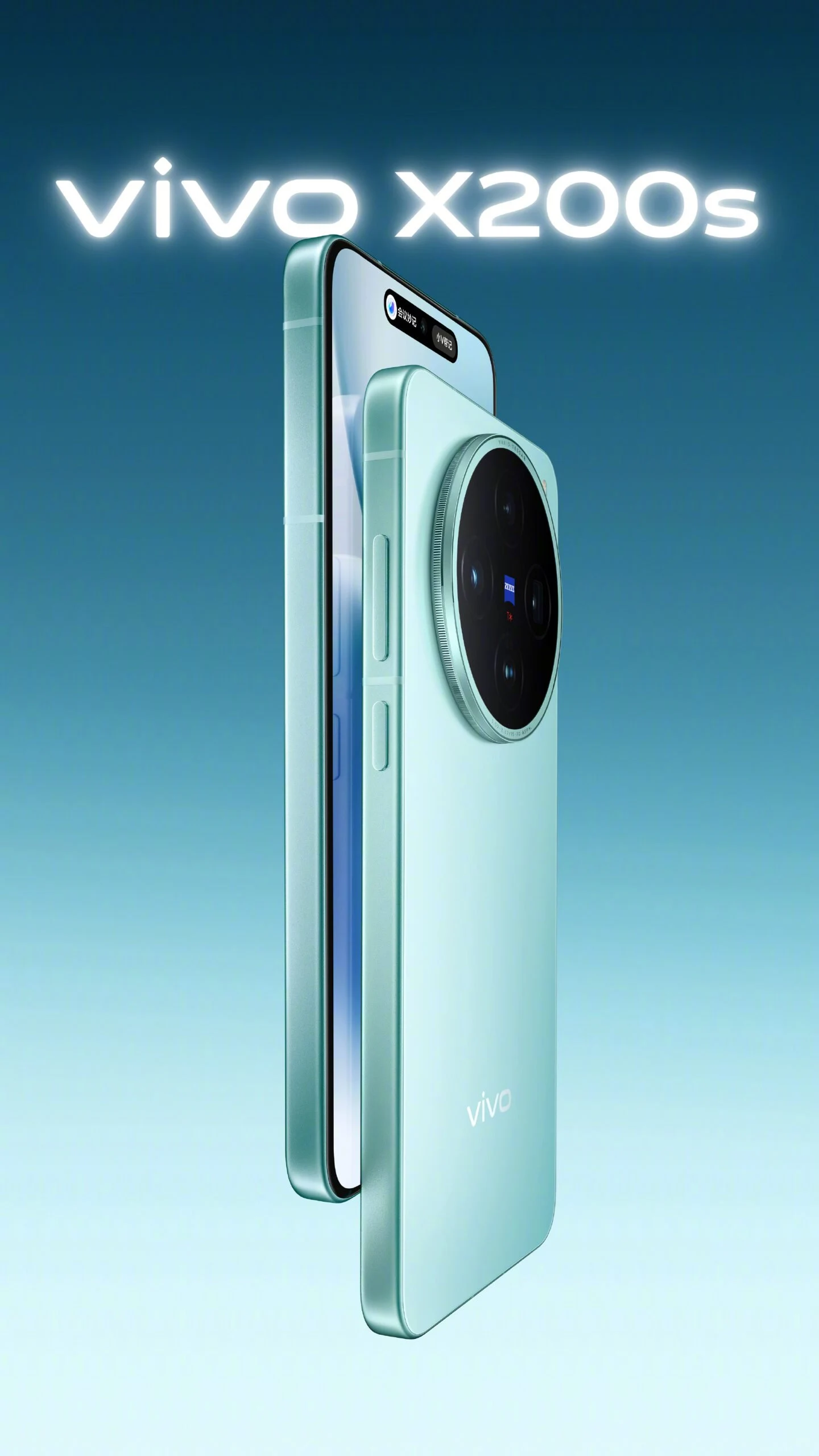Key Takeaways
1. The launch of the Galaxy S25 Edge is delayed, likely moving from April to a new window between May and June 2025.
2. The delay is attributed to changes in management within Samsung’s MX division, not production or quality issues.
3. Samsung has confirmed plans to launch the Galaxy S25 Edge in South Korea around the adjusted timeline.
4. Key features of the Galaxy S25 Edge include the Snapdragon 8 Elite for Galaxy SoC, a titanium alloy frame, and a 2K AMOLED screen.
5. The smartphone is expected to have a 3,900mAh battery with 25W wired fast charging and a dual camera setup, possibly featuring a 200MP main sensor.
Samsung has recently presented the Galaxy S25 Edge, yet there’s been no confirmed date for the launch of this super slim flagship phone. Although prior reports suggested that this high-end smartphone would be revealed later this month, a new update casts doubt on that timeline.
Delay in Launch
According to an ETNews report, the initial launch schedule for April may be pushed back. Samsung is likely delaying the Galaxy S25 Edge’s release by one or two months, with a revised launch window expected between May and June 2025. Initially, India was set to unveil the ultra slim flagship on 15th April 2025, but a shift in leadership could be a factor in this postponed launch.
Reasons Behind the Setback
The report indicates that changes in the management of the company’s MX division are the main reason for the delay in the announcement. If this is accurate, the postponement is not due to any issues with production or quality control. Samsung has allegedly communicated with three telecom providers, confirming plans to launch the Galaxy S25 Edge in South Korea around this adjusted timeline. It’s worth noting that the company may reveal the specifications, pricing, and launch dates during an online presentation.
Expected Features
From what we’ve gathered so far, this device is anticipated to utilize the Snapdragon 8 Elite for Galaxy SoC. A standout feature is its sleek design, complemented by a titanium alloy frame and a 2K AMOLED screen. The smartphone may be powered by a modest 3,900mAh battery, which could support a rather lackluster 25W wired fast charging. On the back, it is expected to have a dual camera arrangement, which might include a 200MP main sensor.

